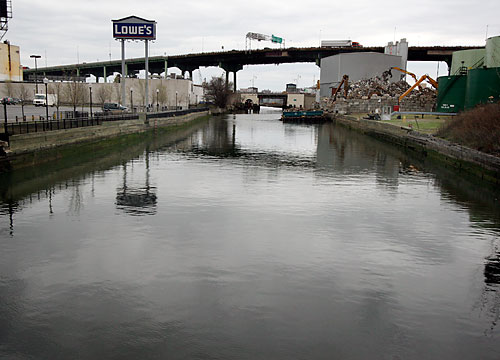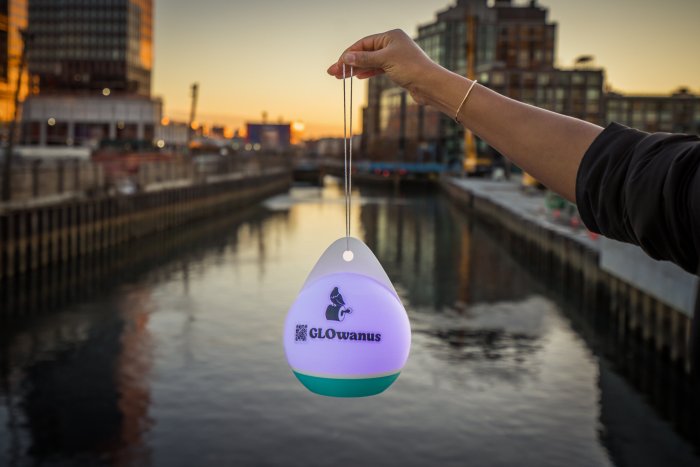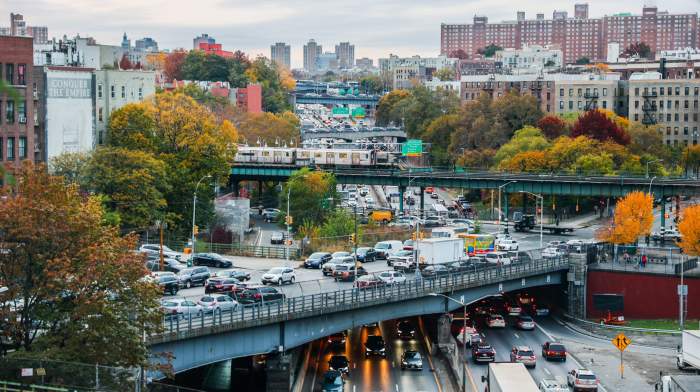On the eve of Tuesday’s public forum about a proposal to declare the toxic Gowanus Canal a Superfund site, opposing factions are slinging sludge about the seemingly beneficial idea of approving the polluted channel for a federal clean-up.
The Environmental Protection Agency runs the Superfund — a pool of cash that could be made available to purify the 1.8-mile long waterway, which is clouded by industrial pollutants like PCBs, metals and pesticides.
Classifying an area as a Superfund site also empowers the EPA to force parties responsible for the dumping to pay for the clean-up.
Despite the Superfund’s benign-sounding name, the possible designation has already split the community, with some residents and developers saying it would depress property values. Last week, hours after the Superfund proposal was reported, the canal-zone’s main developer, Toll Brothers, immediately threatened to abandon its 447-unit complex on two blocks alongside the canal. And the homebuilder’s allies sounded the alarm about the so-called perils, too.
“As a lifelong resident of Carroll Gardens, a homeowner and business person in this community, a civic activist and member of Community Board [6], I am outraged that my community will become stigmatized by an unwarranted Superfund designation,” said Debra Scotto, in a statement released on Monday by Toll Brothers’ lobbying firm.
“All our decades of hard work to sustain the character and value of our community will be destroyed by the stroke of a pen.”
Toll Brothers has already won a city rezoning for its site. Larger areas of the largely manufacturing-zoned Gowanus Canal zone are also in the process of being rezoned for residential use.
Despite Toll Brothers’ objection, other neighbors hope that a Superfund classification would accelerate the canal’s transformation, saying it would be foolish to miss the chance to access federal cash to complete the formidable and long-stalled undertaking.
The city and state have plodded through years of planning and projects to improve water conditions in the Gowanus Canal by pumping cleaner water through a stagnant inlet. Those efforts have enabled some fish to live in a previously choking environment and, eventually, fish will be able to reproduce in the Gowanus. But this proposal does not deal with the ongoing city sewer problem and would not render the canal safe enough for direct human contact with the water.
Industrial activity has dropped around the canal and its is cleaner now than it has been in decades, but the Gowanus still receives 2.7-billion gallons of untreated human waste per year from the city’s sewer system, which overflows after heavy rains, and, was likely the source of gonorrhea found in the nasty canal in 2007.
Superfund community meeting, Tuesday, April 14 at PS 32 [317 Hoyt St. between Union and President streets, (718) 287-1142, 7 pm.



















